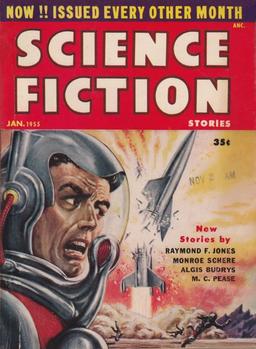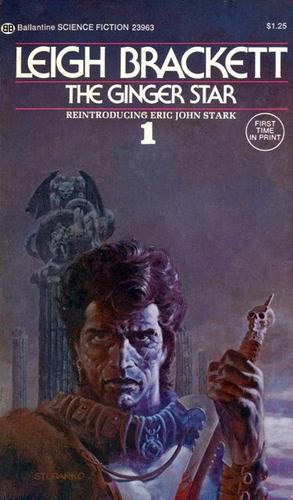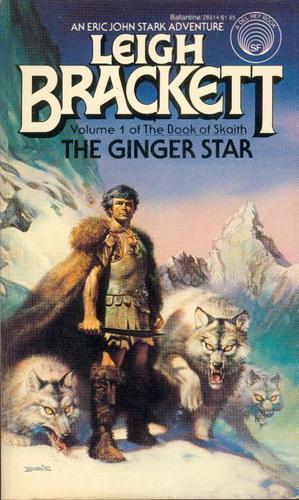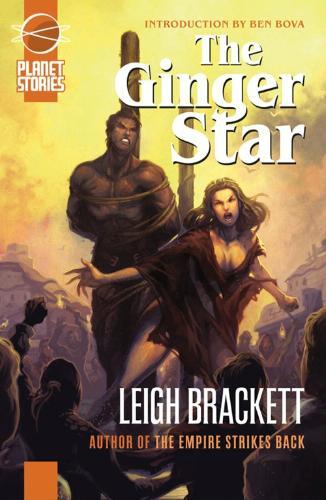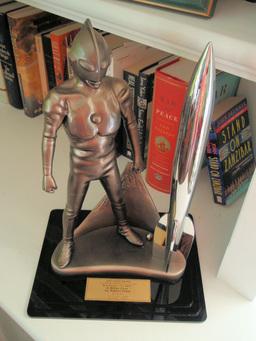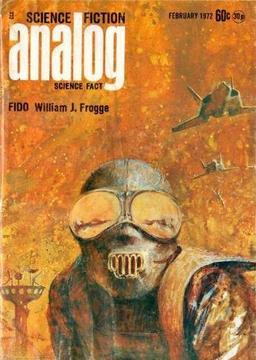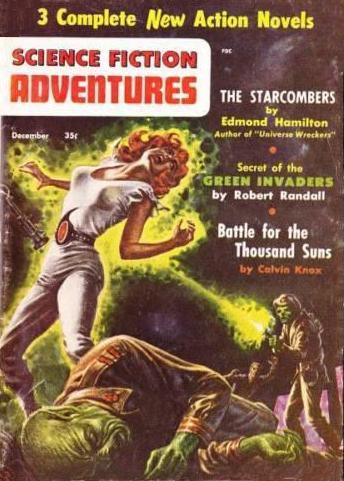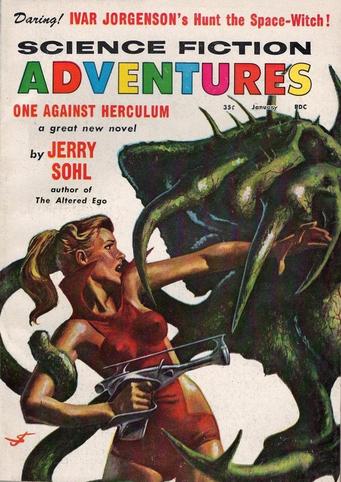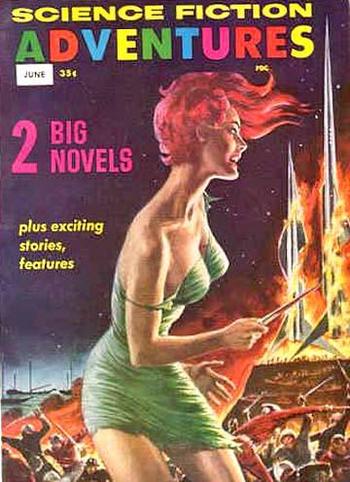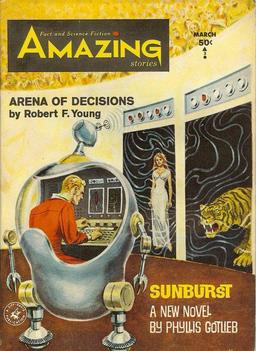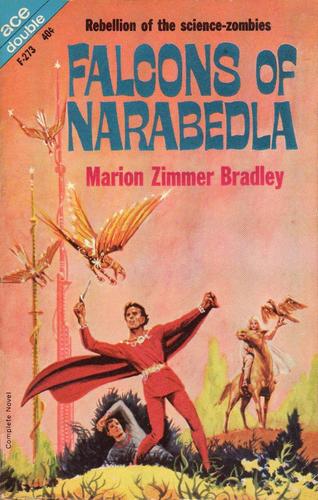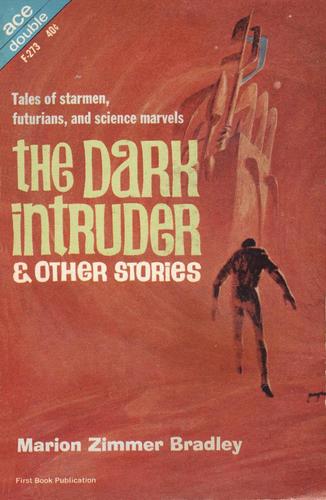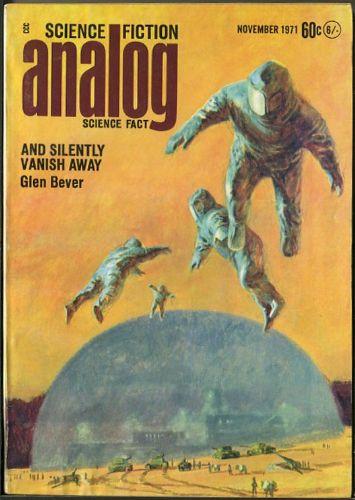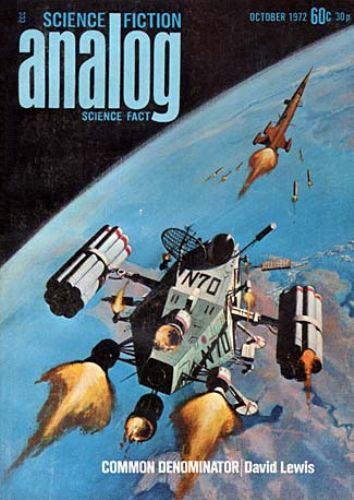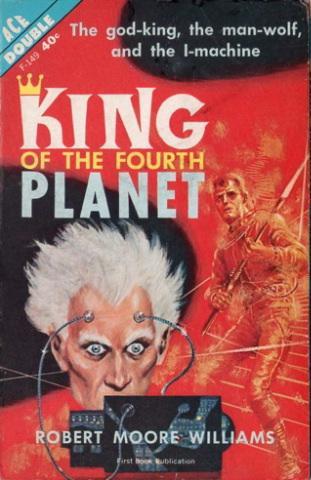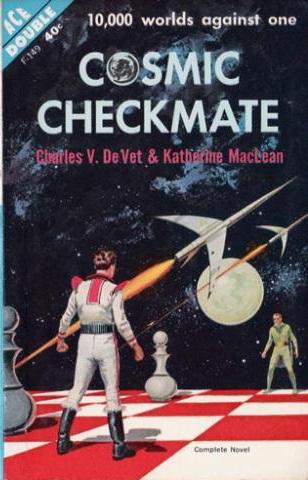Parallel Universes and Space Marines: Rich Horton on The Games of Neith by Margaret St. Clair/The Earth Gods are Coming by Kenneth Bulmer
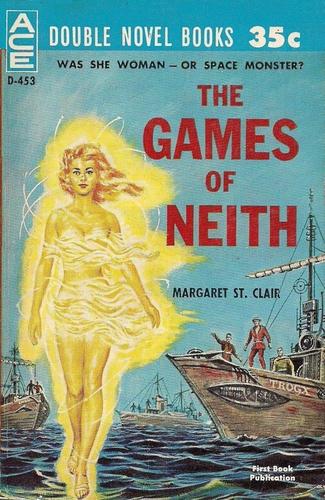 |
 |
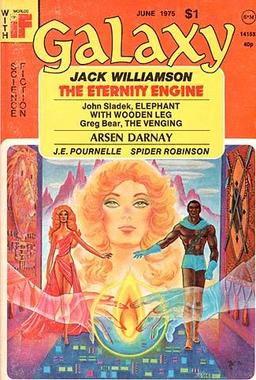
Over at his website Strange at Ecbatan, Rich Horton looks at another obscure Ace Double.
Here’s an Ace Double featuring a couple of authors I’ve discussed before. I bought it partly because of that — both writers have proved enjoyable in the past, St. Clair often more than that, and, partly, frankly, because of the quite gorgeous Emswhiller cover on the St. Clair book, which for some reason reminded me of Wendy Pini’s cover for the June 1975 Galaxy.
I wrote before about Margaret St. Clair (1911-1995) as follows: “She was one of the more noticeable early women writers of SF, but somehow her profile was a bit lower than those of C. L. Moore, Leigh Brackett, and Andre Norton. Perhaps it was simply that those writers did just a bit more, and were just a bit better (taken as a whole) than her, but it does seem that she’s not quite as well remembered as perhaps she deserves. One contributing factor is that she wrote some of her very best stories pseudonymously, as “Idris Seabright.” 20 or so of her 50+ short stories were as by Seabright, including some of the very best (such as “Short in the Chest” and “An Egg a Month from All Over”). She also wrote 8 novels (four of them published as Ace Double halves). Her career in SF stretched from 1946 to 1981…”
Reading this book made clear to me another reason St. Clair is not as well remembered as Moore, Brackett, or Norton — she was much weaker at novel length than at shorter lengths. At least, that is, based on those I’ve read. The Games of Neith was a terrible disappointment to me — it’s really just a bad, silly, book.
Sadly the flip side, Kenneth Bulmer’s The Earth Gods are Coming, doesn’t measure up much better.
